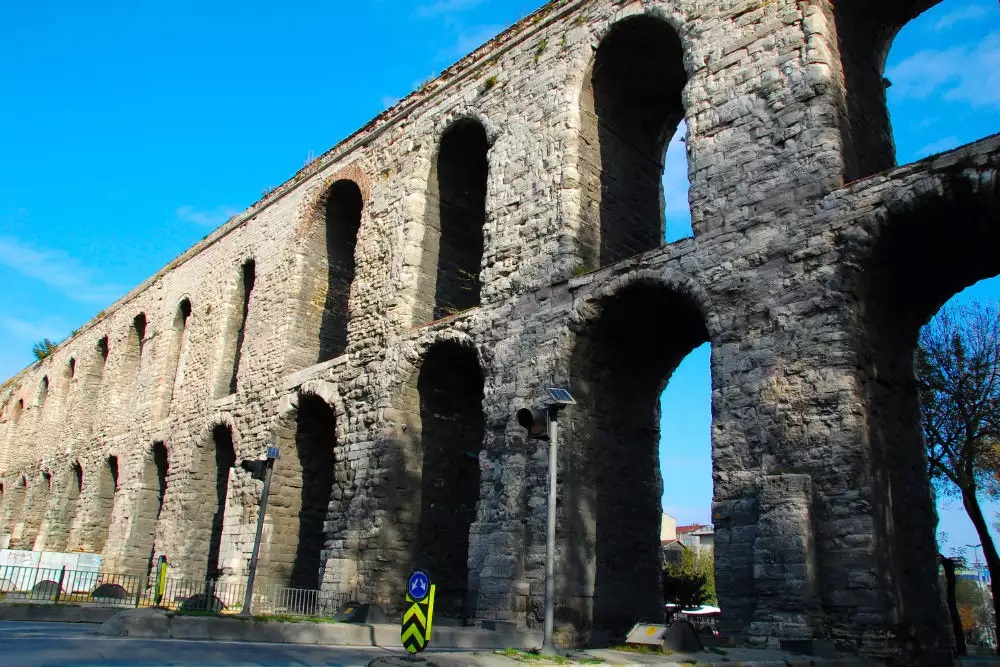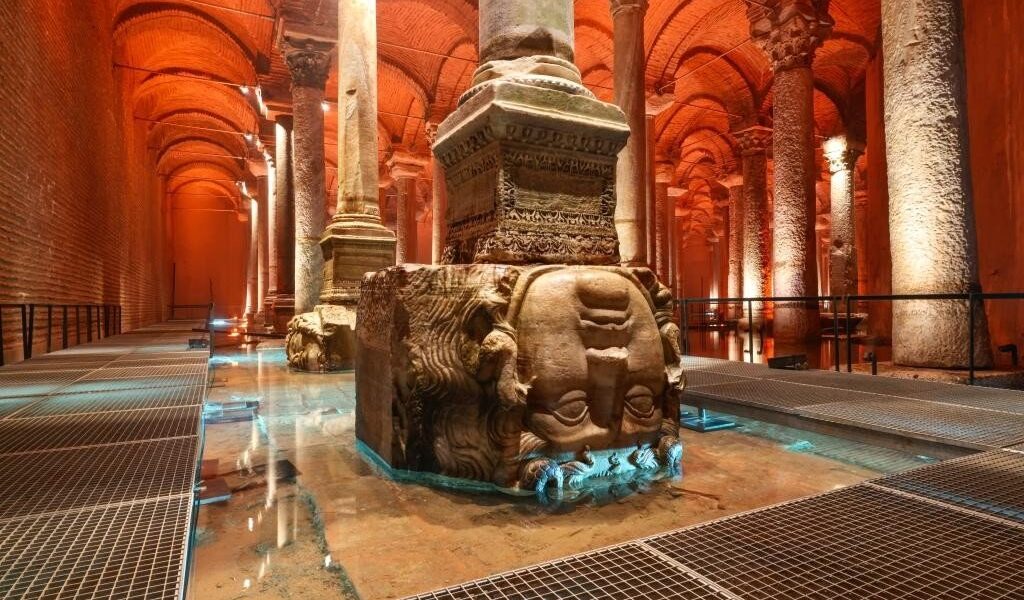One of the biggest challenges Constantinople faced as the Eastern Capital of the Roman Empire was supplying the population with water. While Rome had multiple aqueducts to bring fresh water into the Ancient Capital, Constantinople only had one: The Valens Aqueduct, built under Emperor Constantius II but finished under Emperor Valens in 368.
You see, Constantinople was on a peninsula surrounded by seawater, and although this provided a natural strategic defensive advantage, it did come with its disadvantages. Numerous armies that attacked Constantinople usually targeted the Aqueduct to cut the fresh water supply into the city during sieges.
So, how did the Eastern Romans mitigate the situation? Well, they built massive and numerous reservoirs of water (Cisterns). Constantinople, today's Istanbul, has hundreds of subterranean cisterns, which is evidence of how crucial this was for the survival of the Eastern Roman (Byzantine) Empire for over a millennium.
Today, we are briefly reviewing its three most popular or main cisterns, which are open to the Public as tourist attractions today.
The Basilica Cistern:

Built under an old Stoa Basilica (hence the name) after the Nika Riots of 532 under the reign of Justinian I, but work on the Cistern had already started by 528 and finished as the Prefect Longinus finished rebuilding the Basilica above by 542. It measures around 138 x 65 metres and has a capacity of approx 80,000 cubic metres of water. It contains 12 rows of 28 columns around 9 metres high.
Among them, you can see the famous Medusa Head within the cistern, which is inverted as superstition says it negated the mythological gorgon's gaze ability to turn people to stone. Columns from the Forum of Theodosius can also be found down there.
The Cistern of Theodosius:

This 5th-century cistern was most likely built during the reign of Emperor Theodosius II. It measures 24 x 40 metres and is supported by 32 marble columns with Corinthian capitals (4 rows of 8 columns).
The Valens Aqueduct supplied the Cistern.
The Cistern of Philoxenos:

Between the Column of Constantine and the Hippodrome of Constantinople (Now the Sultanahmet Square), is the second largest cistern under Istanbul.
The cistern dates somewhere between the 5th and 6th centuries, with a vaulted roof of Roman brick (just like the previous 2), which had a capacity of 40,000 cubic metres of water. It measures 64 x 56 metres and has 224 columns in 14 rows of 16 columns.
Today, only the top half of the columns can be appreciated as the current floor is higher due to the amount of sediment it has collected over the centuries. The original floor level can be seen in a well in the centre of the Cistern.
The Aqueduct of Valens:

The Aqueduct of Valens was supplied by the same water line that supplied water to the Cistern of Theodosius and was crucial for Constantinople as it stored and provided water to a densely populated area of the city as it approached the Hippodrome and the Great Palace of Constantinople.
The Aqueduct of Valens was the longest one in the known Roman world.
This article first appeared in Roman Empire.
READ MORE: Do You Know the Long History of Greece's second most important city, Thessaloniki?


